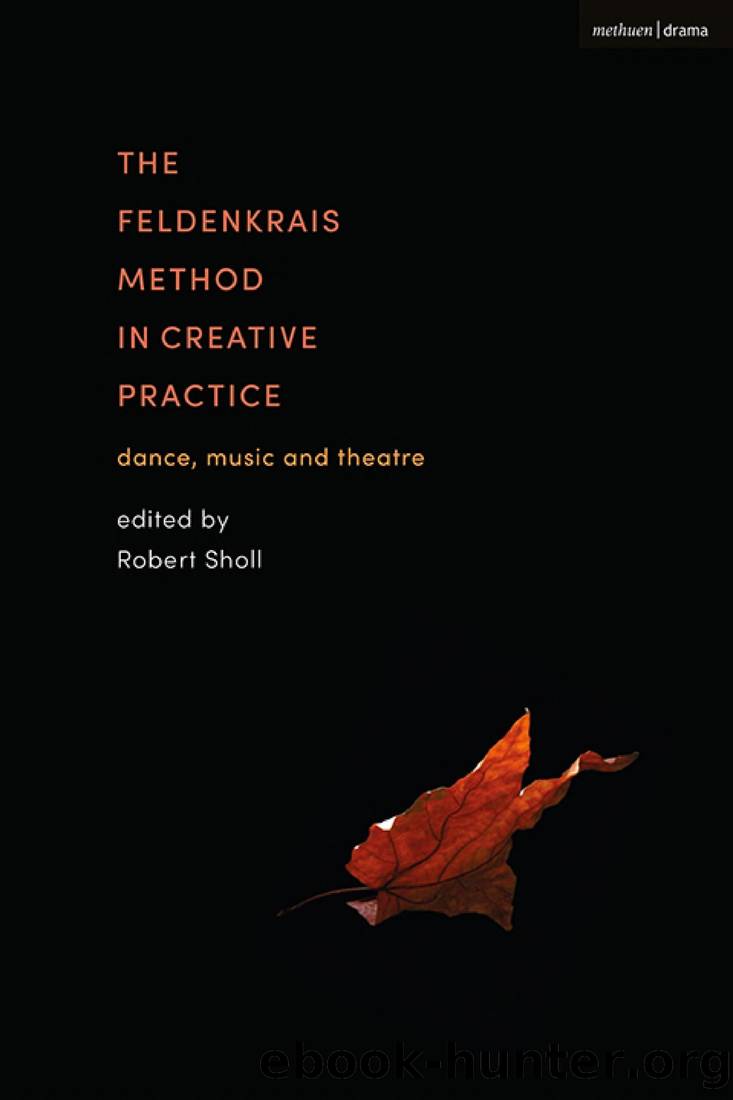The Feldenkrais Method in Creative Practice: Dance, Music and Theatre by Robert Sholl

Author:Robert Sholl [Sholl, Robert]
Language: eng
Format: epub
Tags: Performing Arts, Dance, General, Theater, Direction & Production
ISBN: 9781350158382
Google: kXoTEAAAQBAJ
Amazon: 1350158380
Publisher: Bloomsbury Academic
Published: 2021-02-10T22:00:00+00:00
CHAPTER 7
GAINING INSIGHT ON THE IMPACT OF FELDENKRAIS FUNCTIONAL INTEGRATION IN THE CONTEXT OF PIANO PLAYING: CONSIDERATIONS FOR MEASURING POSTURE AND MOVEMENT QUALITY
Jillian Beacon, Gilles Comeau and Donald Russell
PART I: THE FELDENKRAIS METHOD AND PIANISTS: A PILOT STUDY OF OBJECTIVE MEASUREMENT OF POSTURE AND MOVEMENT
Playing the piano is one of the most complex feats of motor control that human beings can accomplish.1 Mastery involves over a decade of dedicated practice to refine and reinforce neurological connections distributed throughout the brain, which must coordinate seamlessly to allow a performer to play with control and expression.2 The thousands of hours of practice also place formidable demands on the body. Recent research has revealed that playing-related pain is prevalent among professional and pre-professional musicians3, including pianists.4 Aspects of body use, such as postural misalignment,5 excessive muscular tension6 and biomechanically inefficient playing techniques, are often implicated as risk factors for playing-related pain.7 Some musicians pursue somatic education as a means of retraining posture and movement to reduce or prevent playing-related pain.
Feldenkrais as holistic mind-body education for pianists
The Feldenkrais Method (FM) is one such form of somatic education. Musicians have used FMâs holistic mind-body approach to enhance body awareness and explore new possibilities for coordinated movement. During lessons, students experience functional movement relationships between different parts of the body, helping them become aware of how their entire body coordinates in dexterous action. By exploring movements slowly and mindfully, students may become aware of habits of movement they did not notice before and learn new ways of moving more comfortably. For musicians, this may mean discovering more sustainable ways of playing to reduce or prevent playing-related pain.
Functional Integration in theory and practice
In FM, the style of one-on-one work in which a practitioner gently moves a studentâs body is known as Functional Integration (FI). While passively moving the student, the practitioner senses small details in (1) the quality of the studentâs movement, such as the degree of resistance and patterns of movement transfer between different segments of the body; (2) the bodyâs position, such as asymmetries in orientation and positioning; and (3) the state of arousal in the nervous system, including evidence such as changes in the rate and depth of breathing, and changes in the resting tonus of muscles. Students are usually recumbent during these lessons to allow the postural support muscles (especially the extensors of the back) to relax without having to work against gravity to balance the body upright.8
In the short term, these lessons are intended to modulate neuromuscular control of posture globally, impacting the resting tonus of the muscles and studentsâ proprioceptive representation of themselves.9 Over time, they may lead to neuroplastic adaptations to motor control and an enhanced ability to perceive finer sensorimotor distinctions.10 These changes may enhance the adaptability of motor behaviour, allowing individuals to move with greater spontaneity and variety. They may also confer other benefits, such as reduced pain or increased ease of movement.
Although each personâs experience with FI is unique, it tends to elicit some common sensorial experiences that are reported by many students.
Download
This site does not store any files on its server. We only index and link to content provided by other sites. Please contact the content providers to delete copyright contents if any and email us, we'll remove relevant links or contents immediately.
| Dance | Individual Directors |
| Magic & Illusion | Reference |
| Theater |
Call Me by Your Name by André Aciman(20371)
Ready Player One by Cline Ernest(14524)
How to Be a Bawse: A Guide to Conquering Life by Lilly Singh(7391)
Wiseguy by Nicholas Pileggi(5671)
The Kite Runner by Khaled Hosseini(5083)
On Writing A Memoir of the Craft by Stephen King(4863)
Audition by Ryu Murakami(4850)
The Crown by Robert Lacey(4723)
Call me by your name by Andre Aciman(4619)
Gerald's Game by Stephen King(4581)
Harry Potter and the Cursed Child: The Journey by Harry Potter Theatrical Productions(4440)
Dialogue by Robert McKee(4321)
The Perils of Being Moderately Famous by Soha Ali Khan(4169)
Dynamic Alignment Through Imagery by Eric Franklin(4116)
Apollo 8 by Jeffrey Kluger(3637)
Seriously... I'm Kidding by Ellen DeGeneres(3577)
The Inner Game of Tennis by W. Timothy Gallwey(3575)
How to be Champion: My Autobiography by Sarah Millican(3555)
Darker by E L James(3477)
